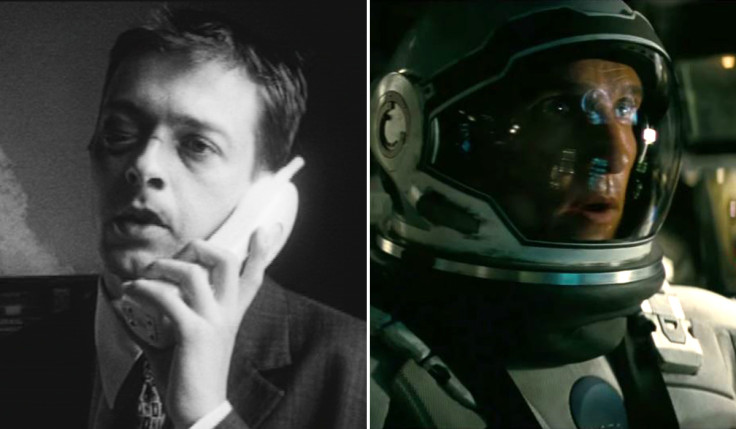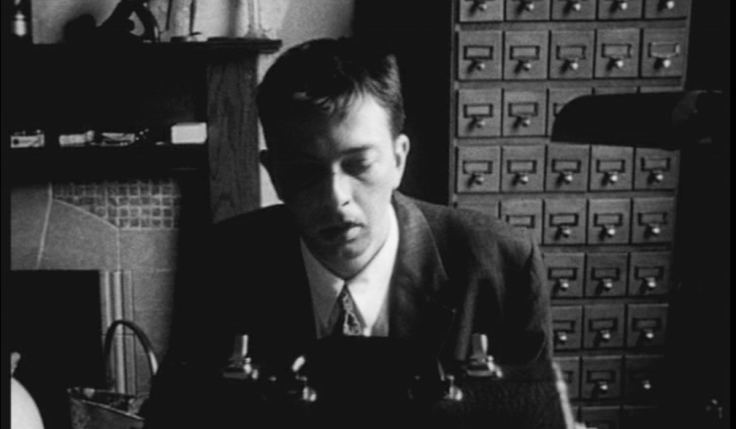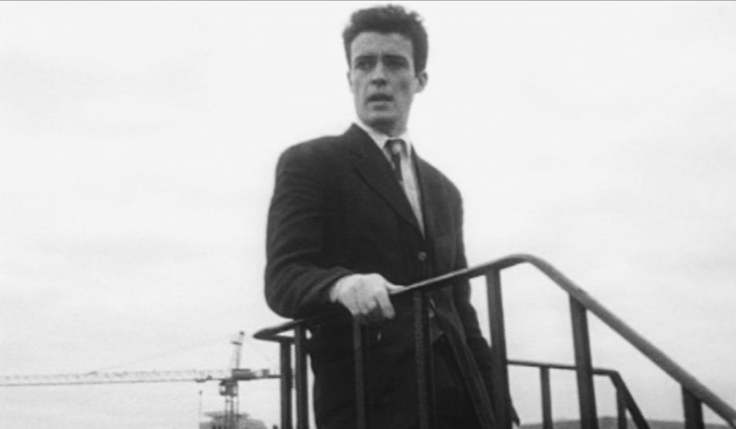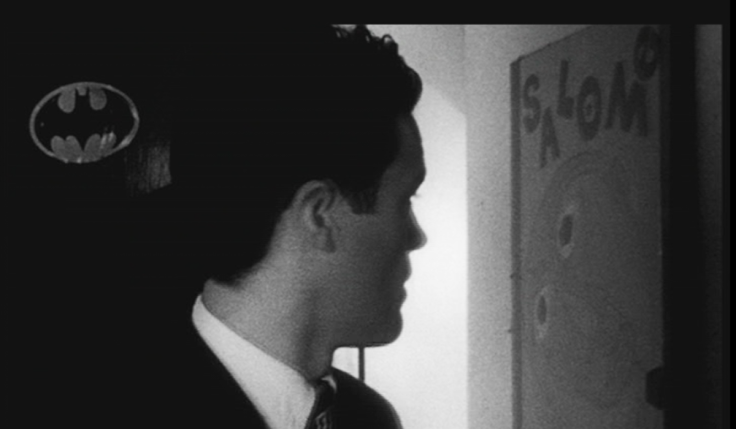Following To Interstellar: The Films Of Christopher Nolan

The 16 years between Christopher Nolan's first feature film and his latest have seen him become one of Hollywood's best directors. Along the way he dabbled in a bit of magic, found answers in body art, ventured into dreamscapes, and defined an era of blockbuster filmmaking.
Born in London to a British father and American mother, Nolan's childhood was spent on both sides of the Atlantic. Nolan first borrowed his father's Super 8 camera at the age of seven, shooting short films with his action figures in the lead roles.
By age 11 Christopher Nolan knew he wanted to be a filmmaker. With a clear goal his formative years eventually took him to University College London where he studied English Literature and was president of the student union's Film Society. It was here that he met his future wife and producing partner Emma Thomas.
In 1998 he released his first film, Following, which set him on a path to the upper echelons of Hollywood's elite. On 7 November he releases his ninth feature Interstellar, and to celebrate IBTimes UK is looking back at his work to date - one film each week - starting with a micro-budgeted thriller and culminating with an inter-dimensional space odyssey.

Following is a neonoir set in the busy urban sprawl of London. Shot on the fly over the course of a year and with the barest possible budget, Nolan's debut is a tight and twisting story inspired by his life in London and the burglary of his flat.
Starring Nolan's friends, Jeremy Theobald and Alex Haw, the film tells a story about subverting social norms and issues of masculine identity, just two of the many themes common in Nolan's work. Many filmmaking techniques commonly seen in his later work also pop up, making Following a fun watch for fans familiar with his later work.
A very Seven-esque opening sequence shows off a shot that would become one of Nolan's trademarks: the close up of hands handling small objects. Inception's spinner, the bouncing ball of The Prestige, Batman's Bat-logo throwing stars, Memento's polaroids – Nolan's films are littered with these trinkets and they're integral to Following as well, with particular focus given to a lone earring, a hammer, and a set of passport photos.

Following also utilises a convoluted narrative structure like many of Nolan's features, with events unfolding out of order before coming to make sense with a final twist. In the wrong hands this could have caused confusion but Nolan's examples use it to dazzling effect, the mystery of what connects these disjointed scenes compelling the viewer to watch for answers.
Attempting such a perilous storytelling technique riddled with potential pitfalls is arguably the biggest success of Nolan's first feature. It showed a daring that, perhaps more so than anything else in his debut, impressed those in Hollywood keeping an eye on new talent.
Other common themes of Nolan's work include issues of identity, which compel The Young Man (Theobald), a struggling writer, to follow strangers around London for inspiration, thus kick-starting the plot.
Eventually the writer is discovered by thief Cobb (Haw), who fascinated by his stalker, takes him under his wing. Soon a duality between the two becomes central to the plot, as they each become different sides of the same coin. A third theme is rule breaking, as evidenced in the burglaries which run through the film and the idea of flouting social taboos.
All this is evident elsewhere in Nolan's work. The duality of Bruce Wayne and Batman is key to his superhero trilogy of course, not to mention Two-Face's very character in The Dark Knight and the conflicting morals of Batman and The Joker. Then there's the duality between the duelling magicians of The Prestige and the rule breaking in both those films and 2010's Inception.

Following also has a classic femme fatale in Lucy Russell's The Blonde. While Nolan would go on to be criticised for his female characters, Marion Cotillard's character in Inception, Anne Hathaway's Catwoman in The Dark Knight Rises and Carrie-Anne Moss in Memento are all classic examples of plot-centric fatales.
Nolan's debut may have been filmed on 16mm as a matter of circumstance, but it does display the director's well-known love of film over the digital stock preferred by many today. This also feeds into his love of IMAX and refusal to make 3D films, which will be delved into in a future article.
There is a surprising amount for Nolan fans to look out for in Following (including most obviously a Batman logo, which Nolan says just happened to be there) but on top of all that this is also a great small budget thriller in its own right.
Like the first features of many famed directors it's nothing Earth-shattering, but it displays enough style to make it clear what Hollywood saw when they finally came knocking on Nolan's door.
Next Week: Memento...
© Copyright IBTimes 2024. All rights reserved.









